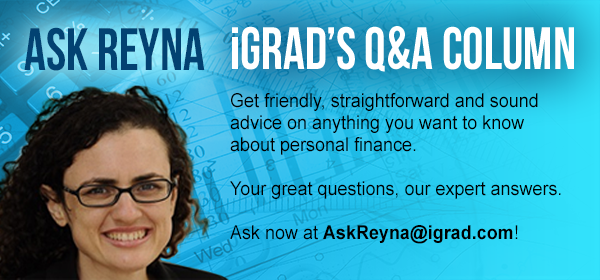As an expert, professional speaker and financial journalist covering student loans and all things paying for college, I often get questions from parents and students about financial aid. These are the myths I find families are believing that you can dispel when speaking to them during orientation and by talking to high school counselors. You’ll also see what I tell families when they bring up these topics.
My parents are too well off for me to fill out the FAFSA
Students think they won’t qualify for student loans if their parents make an amount they’ve randomly decided is too much to receive grants or student loans. What they don’t realize is often the numbers used on their FAFSA also may be the starting qualifiers for scholarships and other financial aid.
My response: I give them an example such as Harvard where a family of four with a combined family income of $200,000 may still qualify for some financial aid. I also give them the link to this usnews.com article which lists the links for 300 college’s net price calculators.
Private schools are always more expensive
Families look at sticker prices listed by colleges and universities and may eliminate a school from their list. The problem? Every school gives a different amount of financial awards.
My response: I show them data about how Ivy League schools offer a tremendous amount of aid, and they should apply to a variety of schools. Then, compare financial aid award letters.
529 plan savings will hurt my chances of getting aid
The last thing anyone wants is for families to start thinking saving for college is a bad idea. While 529 plan savings may impact financial aid, it generally doesn’t impact students enough to forego saving for college.
My response: I tell them to read my article titled How Colleges Consider 529 Plans in Need-Based Financial Aid to understand how universities consider 529 plans within their calculations. I also remind them that they might miss out on state grants that award families for saving for college.
Anything listed on my financial aid award is free money
Sometimes families look at the bottom line of what they’re expected to pay post all financial aid, assuming that everything is free money. Some of this is likely going to be student loans.
My response: Read the financial award letter in its entirety and study each section of the award letter. I recommend Kim Clark’s financialaidletter.com for families to gain an understanding of how to compare award letters. Then I tell families to create their own chart with categories such as student loan borrowed to truly compare the cost of one school to another.
I’m not responsible for my child’s private student loans
I’ve had many parents tell me they don’t want to borrow parent loans because the private loan is in their child’s name. We know the cosigner of a private loan is just as responsible for the loan as a student.
My response: Parent loans have more options for payment plans and temporary payment breaks than private loans. Only choose private loans if the interest rate is low and you’re borrowing less than $10,000 that you could afford to pay back in a period less than 5 years if your child didn’t. Also, if getting a private loan, look for a clause that gives your child a way to remove the cosigner, meaning you, after a specified number of on-time payments.








